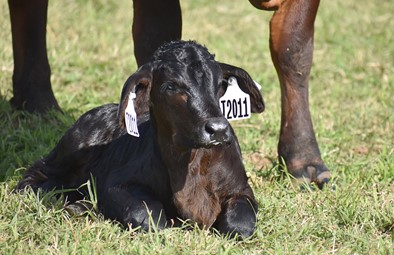- GVP $3,1870 million est. Up 15.8% year-on-year.
- Herd rebuilding significantly impacted cattle available for slaughter leading to lower production.
- Prices for all categories of cattle reached record highs during the year.
NSW Beef Female Slaughter ratio (year end 30 June) 196
- NSW Female Slaughter ratio
Production
NSW rolling 12 month beef slaughter and production 196
- Rolling 12 month production (LHS)
- Rolling 12 month slaughter (RHS)
Price
Index of prices for Australian farmgate beef prices, various categories 211 232
- PTIC Cows & Heifers
- Restocker steer
- Feeder steer
- Heavy steer
Trade
Exports to China recovered increasing 58% year on year to $787 million. 35 China’s share of total NSW beef exports increased to 41% - a record high.
NSW Beef exports by destination 35
- China
- Japan
- Korea, South
- United States
- Netherlands
- Saudi Arabia
- Other
Outlook
Stronger Primary Industries Strategy
The Southern Multi Breed (SMB) project
The Southern Multi Breed (SMB) project is a $7.3m collaborative research and development project involving NSW DPI and the University of New England. The project is conducted on five NSW DPI research stations, and the UNE Tullimba Research Feedlot over the five years, 2020 to 2025.
Strategic Outcome


The development a multi-breed evaluation from this foundation data means commercial producers looking to buy bulls for example, will ultimately be able to select the right bull for their operation, irrespective of the breed. New traits will also be recorded throughout the life of the project, giving seedstock and commercial bull buyers' access to EBVs for a wider range of traits that impact commercial profitability.
For more information, visit www.dpi.nsw.gov.au/smbproject


